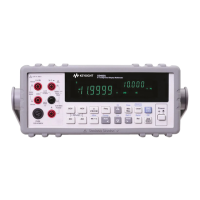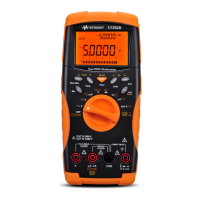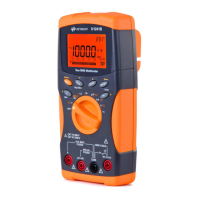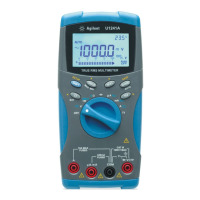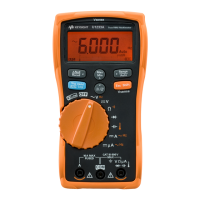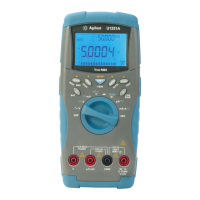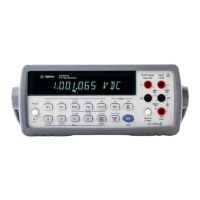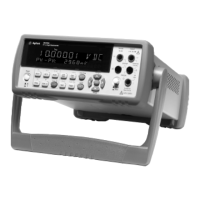5 Verification and Performance Tests
Performance Verification Tests
150 U3606A User’s and Service Guide
Performance Verification Tests
The performance verification tests are recommended as acceptance tests
when you first receive the instrument. The acceptance test results should
be compared against the 1- year test limits. After acceptance, you should
repeat the performance verification tests at every calibration interval.
If the instrument fails the performance verification, adjustment or repair
is required.
Adjustment is recommended at every calibration interval. If adjustment is
not made, you must establish a “guard band”, using no more than 80% of
the specifications, as the verification limits.
Zero offset verification test
This test is used to check the zero offset performance of the instrument.
Verification checks are only performed for those functions and ranges with
unique offset calibration constants. Measurements are checked for each
function and range as described in the procedure on the next page.
Zero offset verification procedure
1 Connect the shorting plug to the V (red) and LO input terminals (see
Figure 5- 1 on page 141). Leave the current input open.
2 Select each function and range in the order shown in the table below.
(Remember to remove the shorting plug for zero offset capacitance
verification.) Make a measurement and observe the result. Compare the
measurement results to the appropriate test limits shown in Table 5- 2.
Ensure that you have read the “Test Considerations” on page 140 before
running the performance verification tests.
Note that resistance measurements use the Null math function (Null
reading taken with test leads connected together) to eliminate test lead
resistance. See “Null” on page 57 for more information on the Null math
function.
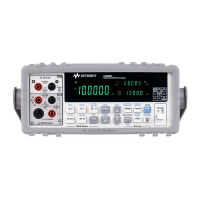
